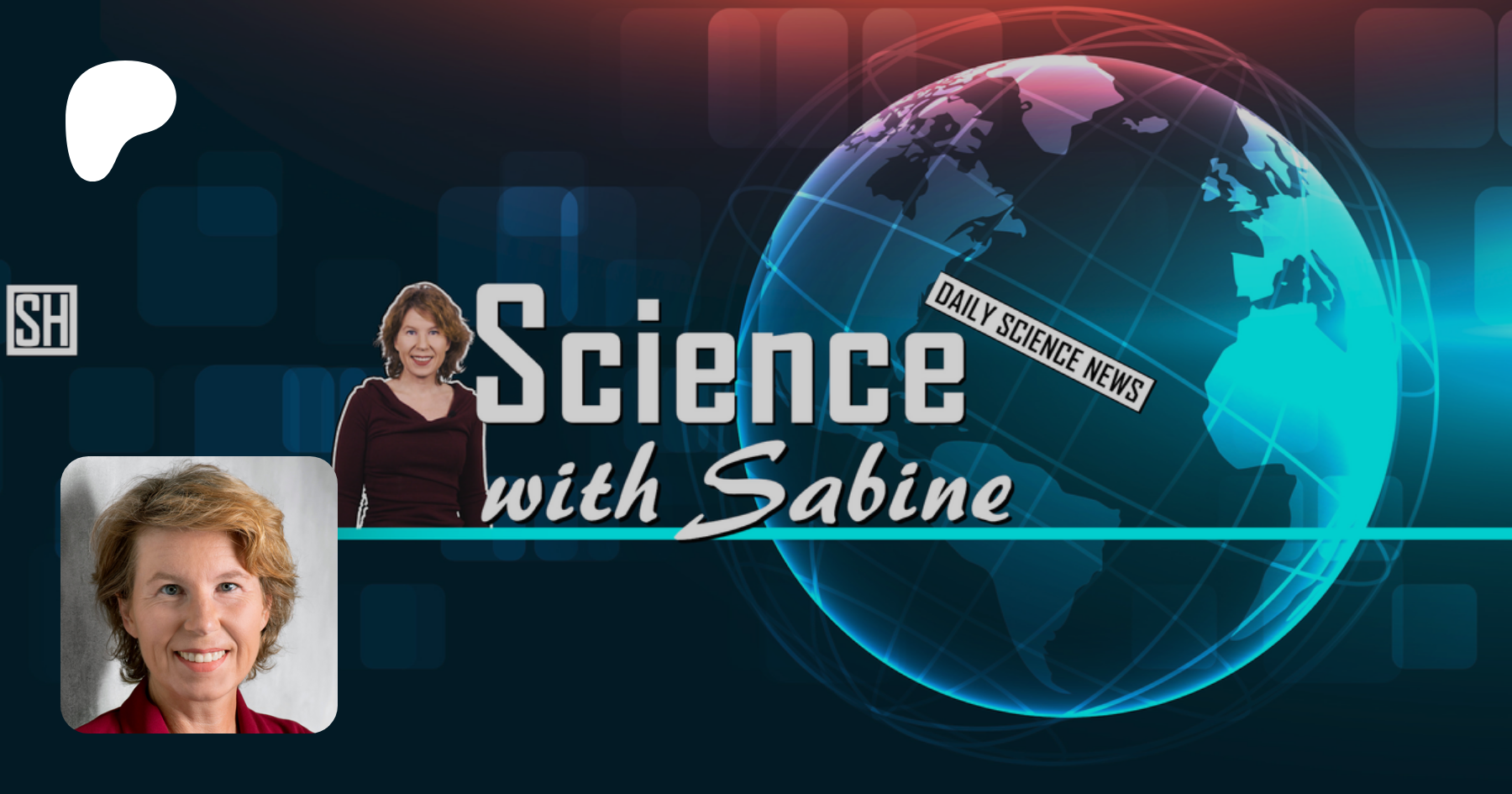- Sabine's Newsletter
- Posts
- AI Abundance, Climate Sensitivities, Airborne Toxins, and Vacuums
AI Abundance, Climate Sensitivities, Airborne Toxins, and Vacuums
This week’s science bits from SWTG

OpenAI CEO Predicts Abundance Economy “In the 2030s”

Image: Y Combinator
Sam Altman, CEO of OpenAI, has published a new essay according to which we are “past the event horizon” and on the way to the singularity. In the context of AI, the term “singularity,” popularized by Ray Kurzweil, refers to the hypothetical moment at which computer code can improve itself, after which predictions are impossible — akin to a mathematical singularity.
It is somewhat unfortunate to equate the AI singularity to that inside black holes because the latter shred everything that nears them into pieces and then time ends. But leaving aside the awkward metaphor, Altman reasserts that we are “close to building digital superintelligence” and oracles that “in the 2030s, intelligence and energy — ideas, and the ability to make ideas happen — are going to become wildly abundant.”
I very much want this to be true, but I think that Altman (as most of Silicon Valley’s techno-enthusiasts) underestimates how difficult, time-consuming, and expensive it will become to train and maintain AI, and how long it will take to change physical reality with them.
In this week’s episode of Science News, I summarize what physics tells us about empty space. What really are virtual particles? What do they have to do with the vacuum energy, and can we extract this energy? Let’s take a look. This week’s video also comes with a quiz, which you can take here.
Speaking of quizzes, you can now create and share your own quizzes on QuizWithIt for free! Each quiz has a unique URL, can be embedded into websites or newsletter, and be shared on social media. Happy quizzing!
Scientists Warn, Again, That We Are Underestimating the Pace of Global Warming

Figure: Earth Energy Imbalance as observed (red curve) compared to the average (black) of the CMIP6 model ensemble (grey). Credits: Myre et al, Science 388, 6752 (2025).
All model projections for how Earth’s climate will evolve in the coming decades depend on one parameter: the response of the global temperature to carbon dioxide increase, which is known as climate sensitivity. The projections that you normally see are for the average climate sensitivity of all models. However, in a just published study, researchers from the Center for International Climate Research report that satellite data suggest that the climate sensitivity of our planet is on the high end of the model parameters. If this is correct, the world might warm twice as fast as expected.
Paper here, press release here. I talked about climate sensitivity and the problem that we might be underestimating it in this earlier video.
Partnered with DeleteMe
Defend Your Identity: DeleteMe!
Your personal data is a hot commodity for data brokers, risking phishing and fraud. I trust DeleteMe to remove my info from hundreds of sites with continuous monitoring and expert support. Protect your digital life—visit joindeleteme.com/SABINE and use code SABINE now! Act fast to stay safe.
Airborne Toxins Detected in North America for First Time

Researchers from the University of Colorado Boulder in the United States have detected Medium Chain Chlorinated Paraffins (MCCPs) near Oklahoma. MCCPs are synthetic chemicals used in products like lubricants, flame retardants, and plastics. They break down very slowly, are light enough to hover in the air for extended periods, and can accumulate in the human body. Studies on animals suggest that they could cause liver and kidney disease and might possibly be carcinogenic, though little is known about their effect on humans. MCCPs have previously been detected among others in China and Antarctica, but this marks the first time their presence has been demonstrated in North America. “It's very exciting as a scientist to find something unexpected like this that we weren't looking for,” said Daniel Katz, lead author of the study, which is one way to put it.
Press release here, paper here.
Learn AI in 5 minutes a day
What’s the secret to staying ahead of the curve in the world of AI? Information. Luckily, you can join 1,000,000+ early adopters reading The Rundown AI — the free newsletter that makes you smarter on AI with just a 5-minute read per day.

